The Indonesian and Philippines archipelagos are the epicentre of the worlds marine biodiversity (exact location subject to some debate, try to google 'marine biodiversity epicentre' for some intriguing differences of opinions) Komodo is certainly a magical place, great diving, huge variety of things to see underwater and fantastic scenery above sea level. To add to this is the unique terrestrial ecology of Komodo and Rinca islands.
With the recent increase in dive boats operating in the Park, an extensive mooring buoy project was initiated by Helen Newman. This project had the active involvement of the diving community in Komodo and was completed in February 2007. Coincidently this was when I was diving in the Park on the live aboard dive boat, MV Bidadari. We were the first boat to utilise a few of the new buoys.

Ouch, the potential damage to reefs is
obvious
This is the kind of project that will make a real difference and is one piece that will help to ensure the survival of this unique marine reserve. Other challenges still exist, but that is another story.....
The full final report on the mooring buoy project can be read by clicking here
Are there any other worthwhile projects out there that should be mentioned?
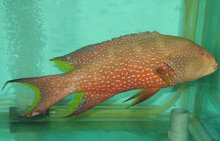
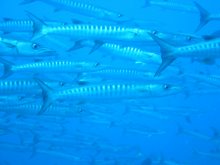

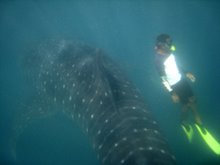
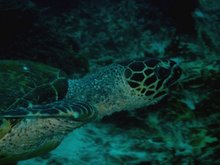
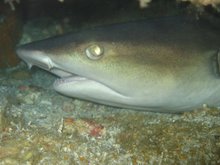
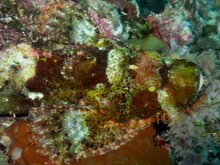

2 comments:
Dear David,
I love your new blog, very professional and topical.
I am glad you could join us on our trip and it was a pleasure to have you onboard.
But i write for the mooring project. There is no doubt that the benefits to marine conservation are wortwhile. The damage done by dropping an anchor on the reef is significant. Even if done over 30 meters which we aim to do if there are no moorings present.
Sometime however, deep water anchorages are difficult, or impossible, (walls) and finding an anchorage that is both protected and convenient to the dive sites (or beaches) results in numerous attempts, time and fuel wasted, and sometime compromise by dropping an anchor, on a reef..
Even then all it takes is a little bad weather to drag the anchor, risking the boat, doing more damage to the reef, and wasting more fuel relocating.
From an operators perspective, i would reccomend that anyone who is regularly diving or anchoring on certain sites, take the time to promote, support and implement a mooring bouy project for their area. Not only for conservation related goals, but operational efficiency also. It is so nice to be able to pickup a safe mooring line, right where you want to be, rather than dropping anchors,and potentially wasting time, and fuel, and doing unknown damage down below.
Best,
Greg.
Divekomodo.
Greg, thanks for your very interesting and thoughtful post and also for the image of the anchor damage (which I have now included on my original post)
I really think that the reefs of South East Asia will come under increasing tourist pressure, I only have to look at the chaos in Hong Kong International Airport this week (golden week holiday in mainland China) to see that the increase in wealth for the Chinese population and their increasing freedom to travel will drive a big increase in leisure travel throughout the region. Moorings are key...
Seems that from this perspective the reefs of Komodo National Park will be pretty well protected..
Post a Comment